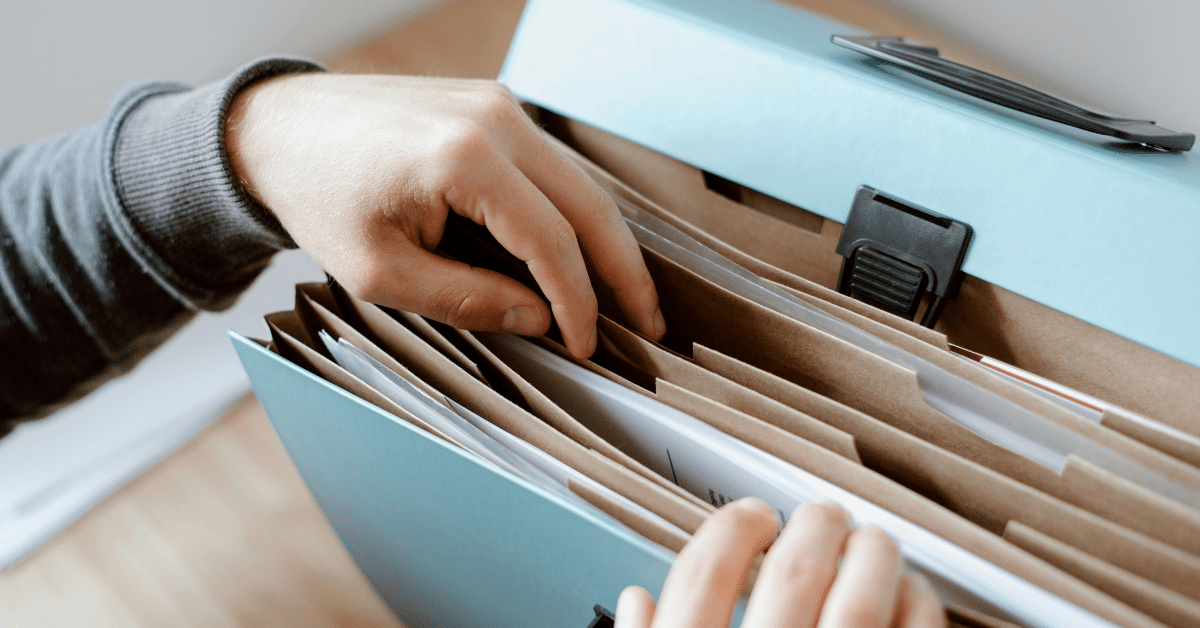The Canada Revenue Agency (CRA) recently issued GST/HST Notice 339, which includes significant updates for dentists and orthodontists in Canada. This change revolves around the revocation of a longstanding administrative arrangement with the Canadian Dental Association (CDA), which previously allowed certain tax credits specifically for orthodontic practices. Let’s unpack what this means and how it might impact your practice as the new rules come into effect.
Understanding the CDA’s 35% Arrangement
Back in 1991, the CRA adopted an arrangement with the CDA allowing GST/HST-registered dentists to estimate that up to 35% of the total fees they charged for orthodontic treatments could be attributed to orthodontic appliances, giving them eligibility to claim input tax credits (ITCs) for that portion of their expenses. This estimation was used to help assess how much of their activity was commercial, a significant distinction for GST/HST purposes.
However, under this arrangement, a dentist had to perform an end-of-year reconciliation based on the actual amount spent on orthodontic appliances to avoid overclaiming ITCs. This administrative guideline was not binding by law, and recent legal rulings have concluded that dentists can indeed claim ITCs directly for supplies used in orthodontic services. As a result, the CRA deemed the arrangement outdated and announced that it would be revoked, effective for fiscal years beginning on or after January 1, 2025.
Current Implications for Your Practice: Dentists can continue to apply the 35% Arrangement until the end of their current fiscal year, but moving forward, they will need to apply the standard ITC rules as other GST/HST registrants do. This revocation does not reduce the total ITCs that dentists can claim but instead removes the estimation method, now requiring them to claim ITCs based on actual, eligible expenditures throughout the year.
New ITC Rules for Dental Practices
With the end of the CDA’s 35% rule, GST/HST registrant dentists are now subject to standard ITC rules. Essentially, ITCs are available for GST/HST paid on goods and services only to the extent they are used for commercial (taxable) activities, not for exempt activities like most dental services. Here’s a breakdown of these rules:
1. Exempt Services vs. Commercial Activities:
- Exempt activities: Core orthodontic services are considered exempt supplies, meaning they do not qualify as commercial activities under GST/HST, so ITCs cannot be claimed on expenses used solely for these services.
- Commercial activities: Taxable activities, such as cosmetic services or the sale of orthodontic appliances (which are zero-rated supplies), do qualify for ITCs under specific conditions.
2. ITC Eligibility in Detail:
- Operating Expenses for Exempt Activities: ITCs cannot be claimed if 90% or more of a purchase is used for exempt activities, like providing orthodontic services.
- Operating Expenses for Taxable Supplies: Full ITCs can be claimed if 90% or more of an expense is used in taxable supplies, including orthodontic appliances.
- Mixed-Use Expenses: When expenses cover both taxable and exempt supplies, the dentist must apportion ITCs based on the extent of each use.
- Capital Personal Property: ITCs are available if capital items (like dental equipment) are used primarily (more than 50%) in commercial activities, with no eligibility if less than 50% of use is for taxable activities.
- Capital Real Property: ITCs may be claimed based on the extent of commercial use if more than 10% of a property (like a dental office) is used for taxable activities, with full ITC eligibility if the property is used over 90% in commercial activities. If the property is used 10% or less for commercial purposes, no ITCs can be claimed.
3. Sole Proprietors and Personal Use: Dentists operating as sole proprietors cannot claim ITCs on real property if it is primarily for personal use.
Present-Day Impact of Notice 339
By following the same ITC rules as other GST/HST registrants, dental practices can ensure compliance with the Excise Tax Act. With these updates, it’s essential for dentists to review how they allocate ITCs, tracking actual use throughout the year rather than relying on estimates.
Follow up
The CRA encourages dentists to consult the Excise Tax Act for specific provisions and to contact GST/HST Rulings if they need clarification. For certainty on GST/HST matters, dentists can also request a formal ruling, particularly if their situation is unique. Those located in Quebec should reach out to Revenu Québec, which administers GST/HST in that province. This revocation applies Canada-wide but accommodates provincial differences in GST/HST rates, with HST rates varying in participating provinces and GST set at 5% elsewhere.
Questions
Understanding and implementing these changes may seem complex, but Zeifmans’ Tax Team is ready to assist. If you’re reviewing your tax practices or need support in adapting to these new guidelines, we can provide insights and strategies tailored to your practice.



